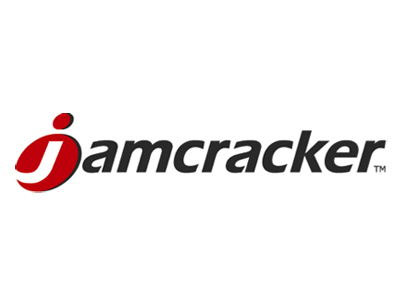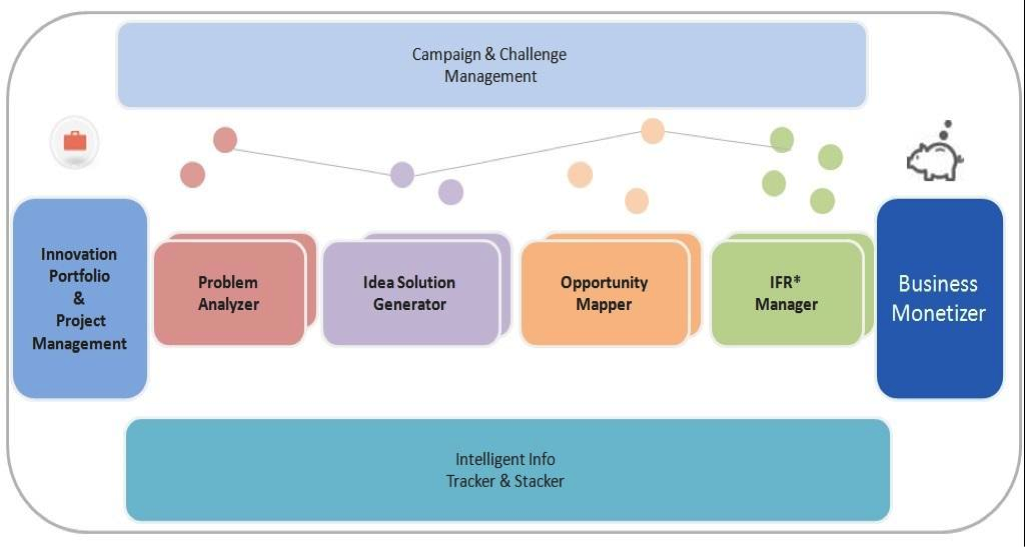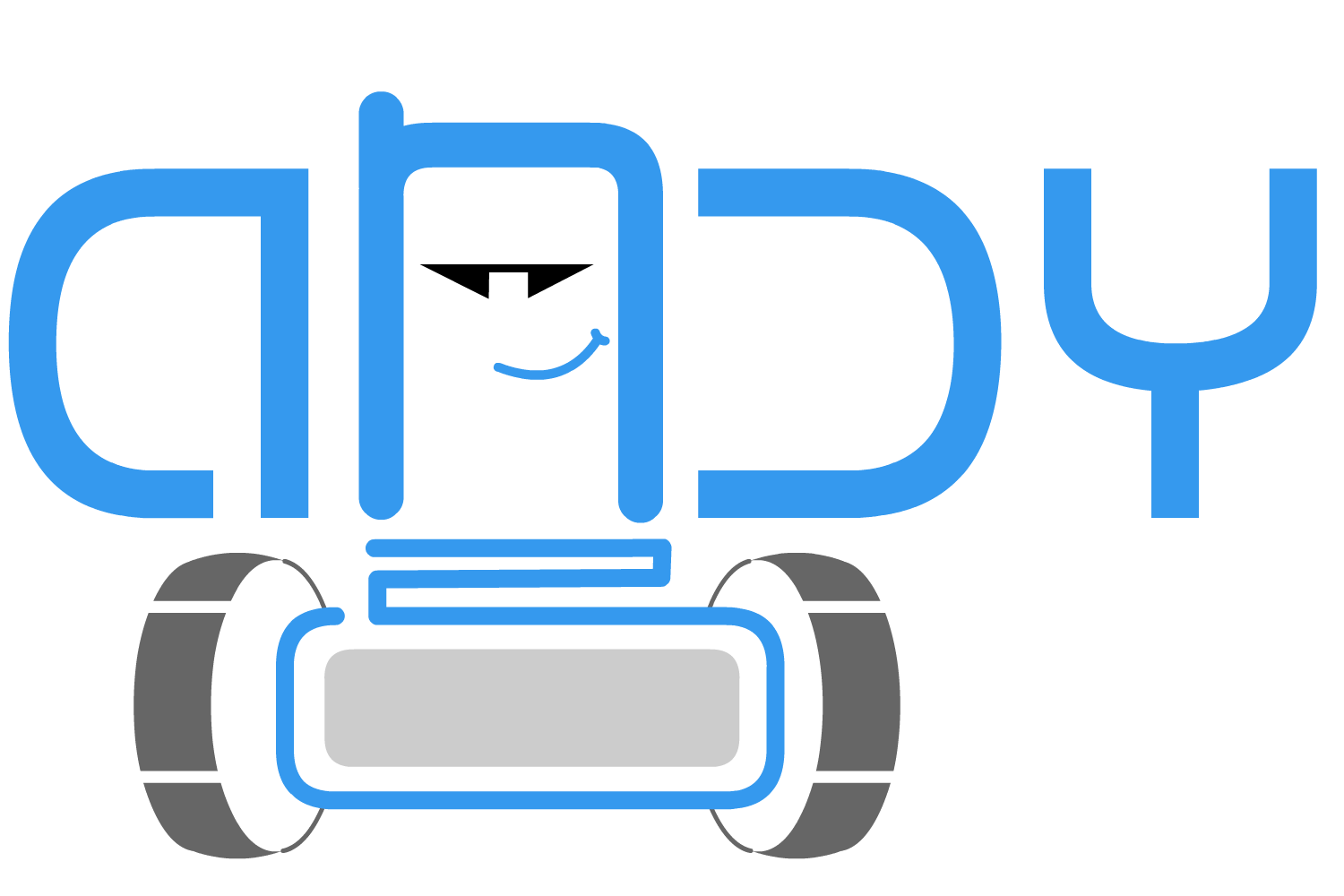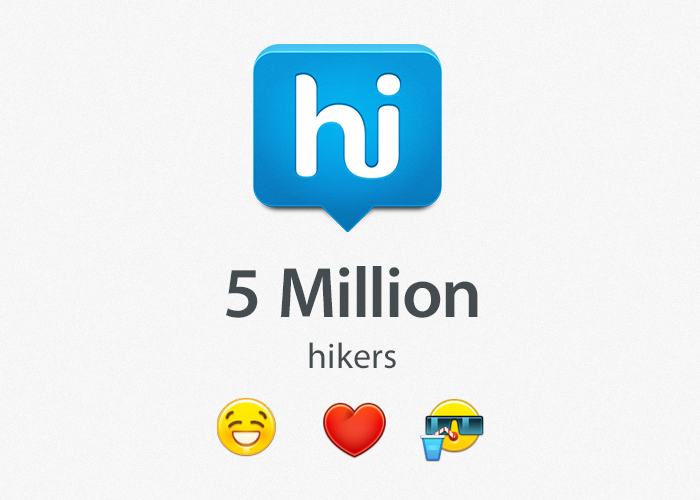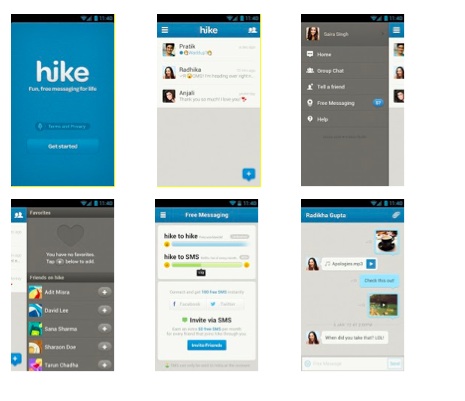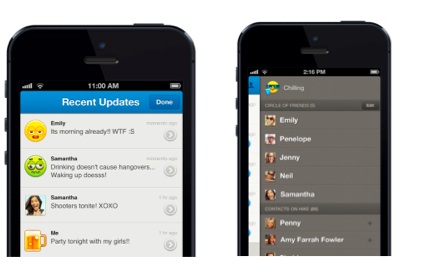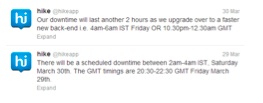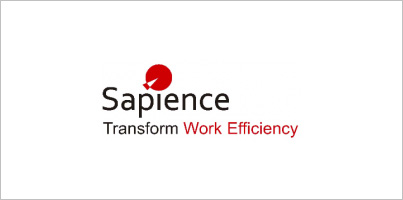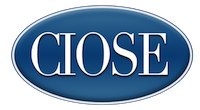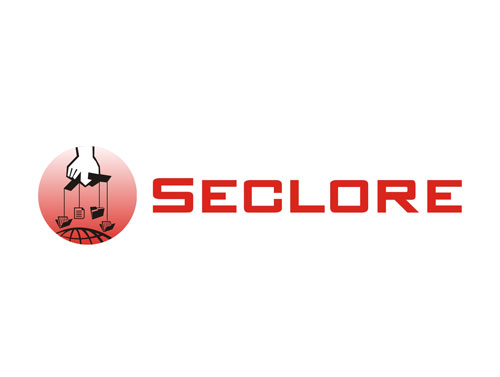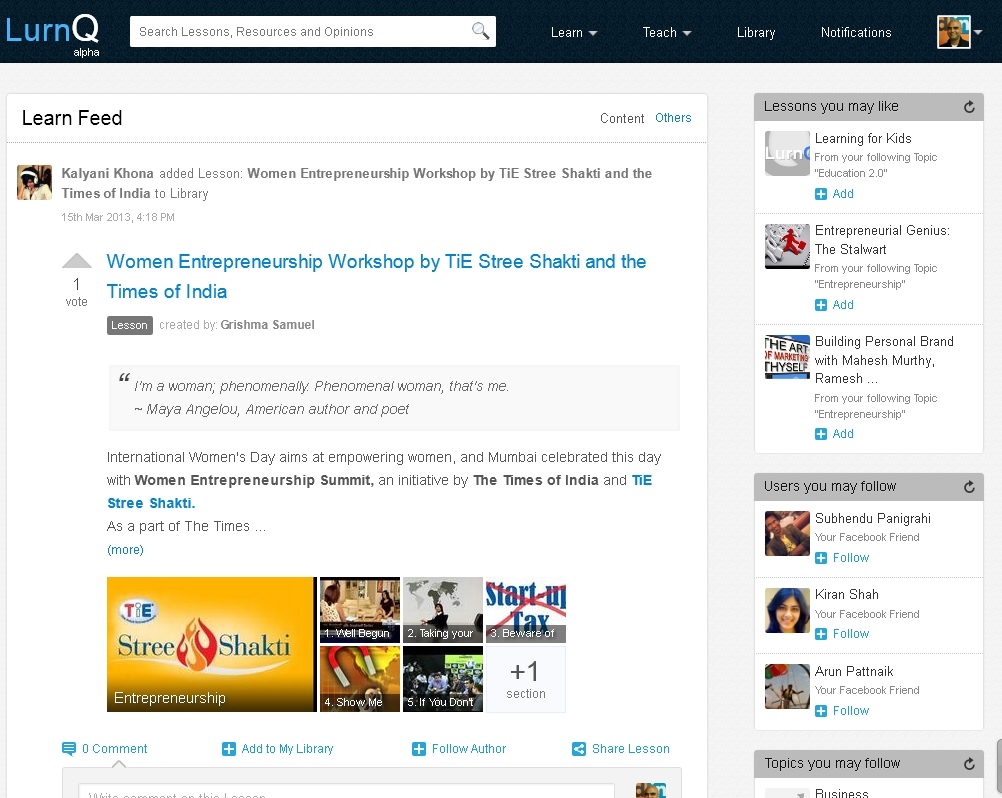Set up in 1999, Jamcracker develops and markets software, services and an ecosystem of cloud services that enable customers to become Cloud Services Brokerages (CSBs). K.B. Chandrasekhar, CEO & Chairman, was also co-founder and Chairman of e4e Inc., a business process outsourcing company. In the mid-1990s, Chandrashekar founded Exodus Communications, which he led to become the leading provider of enterprise hosting services. In 1999, Chandra was honored as the Ernst & Young Northern California Entrepreneur of the Year.
 In an interview with ProductNation, Chandrashekar says he is bullish about designing and selling to the Indian market, but there are some specific challenges hindering SMBs, including low broadband penetration, and ubiquitous and cost-effective access to bandwidth.
In an interview with ProductNation, Chandrashekar says he is bullish about designing and selling to the Indian market, but there are some specific challenges hindering SMBs, including low broadband penetration, and ubiquitous and cost-effective access to bandwidth.
1. What is cloud service brokerage and is this phenomenon really desired?
Gartner defines a Cloud Service Brokerage (CSB) as an entity that will “play an intermediary role in cloud computing… [to] make it easier for organizations to consume and maintain cloud services, particularly when they span multiple providers.” CSBs broker relationships between cloud services consumers and multiple cloud providers, aggregating many services into one place with a single point of catalog management, user administration, access control and security, billing, auditing and reporting, and many other aspects. CSB operators are either Internal CSBs or External CSBs, and some will serve double duty. Internal CSBs are operated by centralized IT organizations that provide internal Cloud AppStores for employees and affiliated members. External CSBs monetize cloud services delivery by aggregating and selling from their own private-branded Cloud Marketplaces. An analogy is how the power grid interconnects energy producers with energy consumers.
If we are considering a collection of interdependent cloud services taken from separate providers, what sort of help or value would cloud brokerage offer?
Cloud brokerages provide an abstraction layer that enables cloud consumers to have unified control – across disparate cloud services – of catalog management, user provisioning, security (including single sign-on), administration, reporting/auditing, support and billing.
This greatly reduces the overhead costs associated with procuring and life-cycle management for organizations that are incorporating cloud services into their businesses. It also improves their ability to secure and manage how their users interact with disparate cloud providers, to provide a unified support experience, and other benefits.
2. Could you tell us about Jamcracker’s home-grown cloud services brokerage (CSB), and how do you differentiate yourself? What are your offerings as part of this solution?
Jamcracker develops and markets software, services and an ecosystem of cloud services that enable our customers to become Cloud Services Brokerages (CSBs). Jamcracker’s CSB enablement solution – the Jamcracker Services Delivery Network (JSDN) includes a cloud services aggregation, delivery, and management platform; a pre-integrated catalog of cloud services; and best practice enablement services that allow our customers to unify the delivery and life-cycle management of public and private cloud services.
The Jamcracker Services Delivery Network (JSDN) includes a white-labeled cloud aggregation and delivery platform, a global ecosystem of pre-integrated cloud services, and business operations that enable our customers to operate their own Cloud Services Brokerages. The JSDN is a complete services delivery solution that includes hosting, provisioning, licensing management, billing, identity management, compliance management, single sign-on, services administration, business operations and customer support—enabling organizations to get to market quickly and cost-effectively as a Cloud Services Brokerage (CSB).
3. How will this solution help enterprises streamline their cloud IT services delivery to speed up organizational innovation, and provide a unified usage experience?
Cloud services provide significant benefits to IT operations. From an IT perspective, however, adopting cloud services presents significant challenges. Implementing cloud services from multiple vendors creates cumbersome management and complicated billing, and CIOs have compelling concerns around security, compliance, auditability, accountability and supportability.
A highly effective way for organizations to unify cloud services management and delivery is through internal cloud services brokerages (CSBs). CSBs can help IT provide unified security, compliance, license management, and support.
4. What have been the pain points in designing a cloud brokerage solution given India’s existing eco system? What were the challenges faced?
There are two aspects here: designing cloud solutions from India, and designing for the Indian market. In designing cloud brokerage solutions from India, we have benefited from the excellent developer pool in India. Regarding designing and selling to the Indian market, we are bullish but there are some specific challenges hindering SMBs including low broadband penetration, and ubiquitous and cost-effective access to bandwidth. In the next three to five years, we at Jamcracker seek to leverage and contribute to India’s product ecosystem, and bring the latest R&D and innovations in cloud brokerage solutions to innovative Indian enterprises and SMBs.
As an early market mover in this offering what gains have you realized?
Jamcracker is well positioned as a thought-leader and technology-leader with respect to cloud brokerage enablement solutions. Now that the market is poised to see explosive growth, this puts us in a fantastic position to succeed.
5. How do you envision the current cloud computing paradigms to evolve? In that context what innovation do you see forthcoming from Jamcracker in the cloud space?
Unifying cloud services delivery and life-cycle management is becoming a well understood need, and to a great extent cloud services brokerage platforms will become the virtual “platform” that combines the innovation advantages of distributed computing with the traditional IT management advantages of standardized platforms. We’ve seen this need for centralized management controls with every new wave of computing innovation – starting with mainframes, desktops, client-server and the web.
What is your business revenue strategy from this cloud-brokerage solution?
We support a few different models based on our customers’ needs. In some cases, our revenue is a purely license-based model of our platform, whereas in other cases it’s more of a revenue-share partnership.
6. Gartner predicts that IT organizations will increasingly be assuming internal “cloud services brokerage” roles. What are the prospects for cloud brokerage in India? How mature is the market for such solutions?
After the U.S., India is the #2 source of cloud-based services development, so the CSB model will be an important one from a supply-side distribution perspective.
From the demand side of the cloud services market, India is an emerging market that is competing on a global stage. In this cloud services will play a critical role in enabling small to mid-sized Indian businesses to leverage IT and application services that would previously have been prohibitively expense for them to purchase and operate on-premise.
Larger Indian businesses that already operate on a global basis will increasingly look to the cloud delivery model as a means for them to compete more cost-effectively and in a more agile manner.


